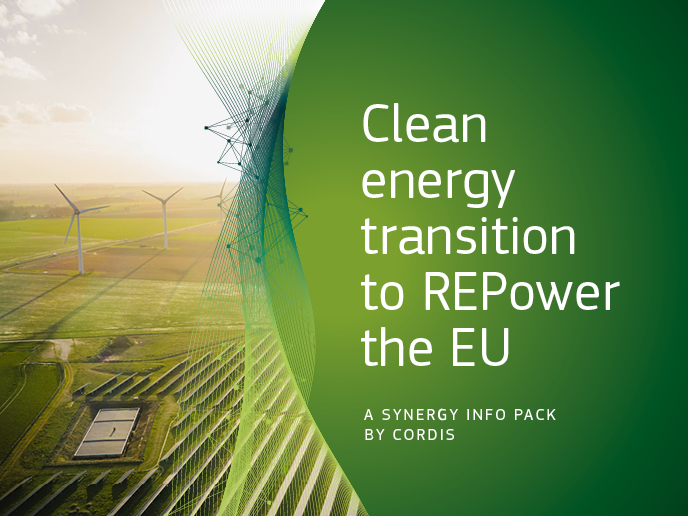First modelling of glacial drainage
Predicting future changes in sea level is important to limit the economic and human costs of climate change. However, the lack of a reliable glacier drainage model had made this almost impossible to achieve. Now, through the EU-funded project '2D glacial drainage system model (GlaDS): Application and coupling to ice sheet model' (GLADS), such a model has been created. The model has been validated on alpine glaciers, and data collected in Greenland will be applied to model Arctic glaciers in the future. Another aspect of the project coupled the GLADS model to two different models of ice flow: the Community Ice Sheet Model and Elmer/Ice models. This will allow researchers to better understand ice sheet dynamics and future sea-level rise. The impact of the GLADS project is expected to be far-reaching. In addition to sea-level rise, the GLADS model will help researchers better understand sub-glacial discharge, glacial erosion and glacier lake drainage.







